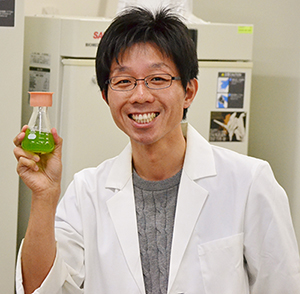A representative producer in aquatic ecosystems, duckweed yields sustainable biomass for animal feeds, human food, and biofuels. It also contributes toward effective wastewater treatment. Due to these benefits, there is great interest in enhancing duckweed productivity – and recent research has identified a way to promote duckweed growth.
Plant growth-promoting bacteria (PGPB) can improve the productivity of terrestrial plants. Scientists based in Japan were interested in identifying the molecular mechanisms underlying a duckweed-PGPB interaction. Through their research, they successfully isolated a new PGPB (Ensifer sp. SP4), which increased the biomass productivity of duckweed by 2.7-fold with elevated photosynthesis.
“We found that organic compounds were transferred from the PGPB to duckweed. These compounds,

particularly glutamic acid, might trigger an increase in the photosynthetic activity,” explained Tadashi Toyama, first author on this research paper.
Toyama and colleagues proposed a new model for the molecular mechanism of duckweed growth promotion by Ensifer sp. SP4, which they describe as a promising PGPB for increasing biomass yield, wastewater purification activity, and CO2 capture.
